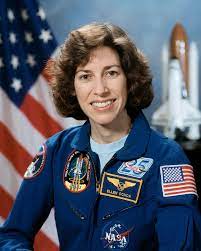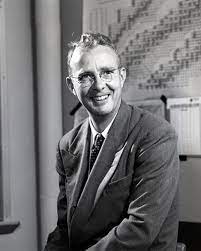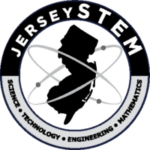Celebrating the achievements to STEM from the Hispanic community
The field of Science, Technology, Engineering, and Mathematics has witnessed remarkable contributions from individuals around the world, with the Hispanic community playing a crucial role in shaping advancements across various disciplines. From space exploration to groundbreaking scientific discoveries, the Hispanic community has consistently demonstrated their dedication and innovation.
In September we celebrate Hispanic Heritage Month. JerseySTEM highlights some of the most notable STEM contributions from the Hispanic community.

Her STEM journey began at an early age, marked by her curiosity and passion for space exploration. Córdova’s achievements culminated in her becoming the youngest Chief Scientist of NASA in 1993, and the first Hispanic woman in the role, a testament to her dedication and intellect. Her contributions have significantly influenced space research, fostering a new generation of scientists and engineers.
She made history as the first Hispanic woman to venture into space, serving as a mission specialist aboard the space shuttle Discovery in 1993. Beyond her role as an astronaut, Ochoa’s background as an engineer and inventor has further solidified her place in STEM history.


A brilliant physicist, he made significant strides in the fields of particle physics and nuclear science. Among his many notable achievements is the Nobel Prize in Physics he was awarded in 1968. The American Journal of Physics called Alvarez “one of the most brilliant and productive experimental physicists of the twentieth century.” Alvarez’s contributions continue to be studied and acknowledged as pivotal to our understanding of nuclear physics.
A Nobel Prize in Chemistry winner in 1995, his groundbreaking research revealed the detrimental effects of chlorofluorocarbons (CFCs) on the ozone layer, leading to a global awakening on environmental issues. Molina’s commitment to raising awareness about climate change and advocating for sustainable practices has made a lasting impact on both scientific and policy spheres.


His discovery that mosquitoes transmit yellow fever marked a pivotal moment in the understanding of disease transmission. His research laid the foundation for subsequent breakthroughs in epidemiology and public health, saving countless lives and reshaping medical practices. In 1962, the Cuban government established the “Finlay Medical History Museum” in honor of his contributions.
The Hispanic community has enriched the world of STEM with a diverse array of contributions that span space exploration, physics, environmental science, public health, and many more fields. But their representation in the STEM workforce is far behind.









